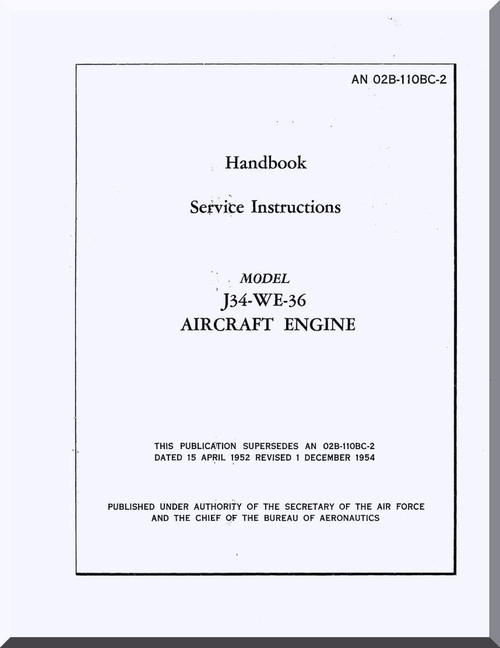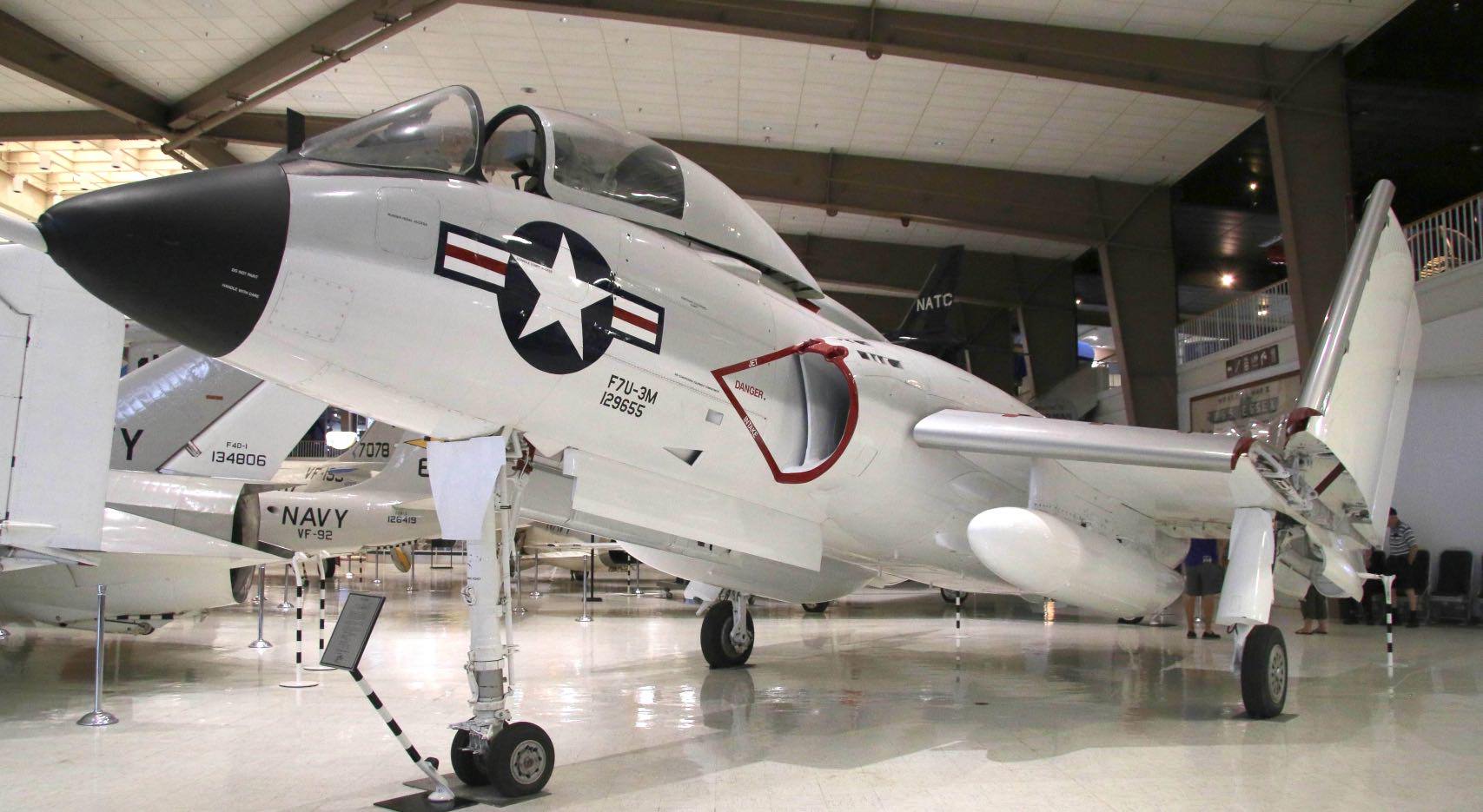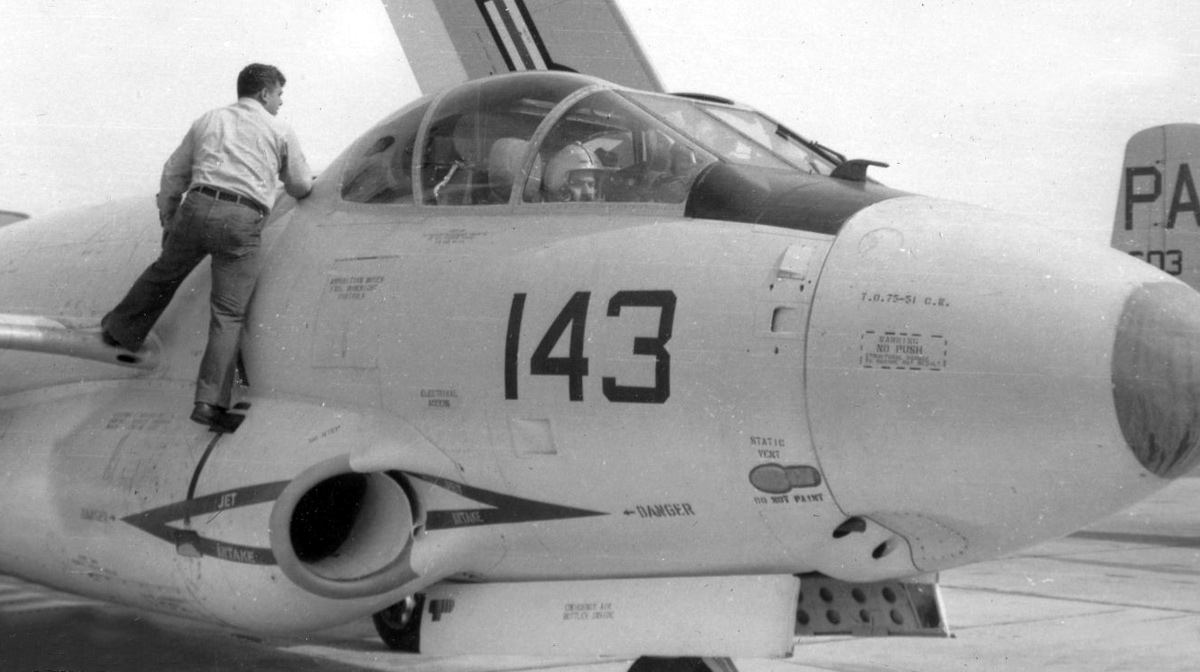

- #Westinghouse j34 we 36 aircraft engine service manual pdf how to
- #Westinghouse j34 we 36 aircraft engine service manual pdf full
Don't bother with the short field unless you are a confident night flier.
Pull power when the main wheels are on the ground. Nose higher as you get close to landing but leave some power until main wheels touch. Level out parallel with the ground when getting close to landing. Land with flaps so you are slow and pointing down more on approach. 
Too fast or too slow will make flare harder.
Land with appropriate airspeed, not to fast or slow. They do it when it is difficult to see where water level is But the glassy water landing sounds good and I read somebody else did it too. I have read about it, but not actually done a real float plane landing yet. Flaring at night can be challenging, so I like to use an approach similar to a float plane glassy water landing. I like turning final about 400' above the field. Use glide slope (right on preferably, never on low side.) It is harder to judge the right angle at night, so a VASI glide slope indication helps a lot. Remember the runway edge lights are a little above the ground and remember not to flare to early or late. Be prepared to turn the airport lights back on if it has been a while since you first activated them or click them again just to be safe they will stay on. Turn on appropriate lights including landing light. Turn on the runway lights and see if you are right. Always guess where you think the airport is. Know where you are on a map and relation to roads/cities. GPS helps tremendously but be prepared if it goes out. Very important at night since you need lights. 
Remember to check Voltage or Amp gauge.You hear every change in tone in the engine sounds. (It is strange, but psychologically the engine will sound different at night. It will feel better to know your plane is operating well. Landing light off? Maybe keep Taxi light for extra visibility.Normal Cruise stuff: LCGUMPS and other mnemonics.Lots to look at, but always be the pilot and not just site seeing. It is disorienting if you are not prepared.) (As you take off you are pointing high, the runway lights are behind you and likely will not have much horizon to see. Look outside but also use AI, DG, airspeed when departing upwind.Also, it gives you the entire runway for takeoff. That needs practice and you will feel better with the practice. Practice taxi backs instead of just stop&goes.Exit the runway onto the taxiway watching for path between two parallel rows of blue lights.Notice color of airport lights and where to go.Be real cautious of wingtips and any other planes/buildings. It is hard to tell correct spacing to parked planes. Click on the airport runway/taxi lights.Turn on your navigation lights check and remember where the switches are.Do IFR taxi checks even if not IFR rated (airspeed correct, AI flat and zeroed out, Altimeter correct, Turn Coordinator turning, DG adjusted and not precessing, VSI at or near zero).Have a handheld radio if possible at least to turn on runway lights in an electrical emergency.
#Westinghouse j34 we 36 aircraft engine service manual pdf how to
Know how to turn lights on at airports you will be going to.
#Westinghouse j34 we 36 aircraft engine service manual pdf full
(Night is 1 hour after sunset, 1 hour before sunrise Need 3 full stop landing and takeoffs within 90 days Nav lights need to be on from sunset to sunrise).
Remember FAA regulations for nighttime currency. It is way easier on the ground in the daylight to think about this.  Think ahead where you will be flying know altitudes know obstructions/towers know freqs. Know where heat and other controls are for passenger comfort. Maybe take a picture of the inside of your airplane and think it through here is a picture of my inside panel, but every plane is a bit different. It will be harder to find all the controls in the dark and better to know where everything is with using the flashlight minimally. Have inside organized and thought out. Find good flashlights to bring for inside cockpit. Check all lights before the flight if possible so they could be fixed: interior panel lights and exterior lights. This is not a full list, but are things that came to mind that I like while I was flying last night. Or maybe it can be things people think about when they are new to it. So this night currency made me think that I should make a list of things to think about when getting night current again. Night flying is pretty cool with air being calm (usually), less crowded airspace, and things being very pretty with lights. It happened during the Christmas time, and it was fun looking at Xmas lights. So it was time to go out night flying in our airplane, our Cessna 182.Ī couple years ago I had fun getting more night time for my commercial certificate. She wanted to try looking at Xmas lights from the air. My wife twisted my arm to get night current again.
Think ahead where you will be flying know altitudes know obstructions/towers know freqs. Know where heat and other controls are for passenger comfort. Maybe take a picture of the inside of your airplane and think it through here is a picture of my inside panel, but every plane is a bit different. It will be harder to find all the controls in the dark and better to know where everything is with using the flashlight minimally. Have inside organized and thought out. Find good flashlights to bring for inside cockpit. Check all lights before the flight if possible so they could be fixed: interior panel lights and exterior lights. This is not a full list, but are things that came to mind that I like while I was flying last night. Or maybe it can be things people think about when they are new to it. So this night currency made me think that I should make a list of things to think about when getting night current again. Night flying is pretty cool with air being calm (usually), less crowded airspace, and things being very pretty with lights. It happened during the Christmas time, and it was fun looking at Xmas lights. So it was time to go out night flying in our airplane, our Cessna 182.Ī couple years ago I had fun getting more night time for my commercial certificate. She wanted to try looking at Xmas lights from the air. My wife twisted my arm to get night current again.








 0 kommentar(er)
0 kommentar(er)
